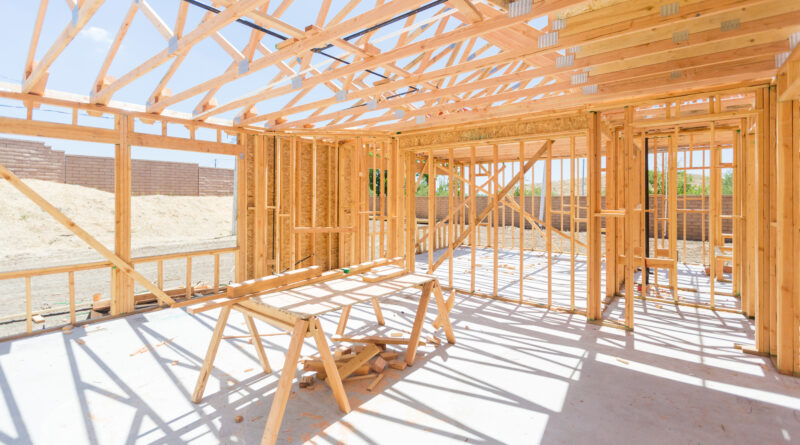High New Home Inventory: What it Means for Home Building
Housing economists generally recommend that a balanced market inventory equates to a supply lasting five to six months. This metric indicates the duration it would take to sell the current count of homes based on the present monthly sales rate.
According to the NAHB, inventory larger than a five- to six-month supply would suggest weaker or declining home price growth and home building activity. Lean inventory levels (less than a five- to six-month supply) tend to lead to price growth and gains for home building activity.
In the Census May 2024 newly built home sales data, the current months’ supply of inventory is 9.3. Some analysts have noted that, given the five- to six-month benchmark, that this means the building market for single-family homes is possibly oversupplied, implying declines for construction and prices lie ahead.
However, this narrow reading of the industry misses the mark. First, it is worth noting that new home inventory comprises homes completed and ready to occupy, homes currently under construction and homes that have not begun construction. That is, new home inventory is a measure of homes available for sale, rather than homes ready to occupy. In fact, just 21% of new home inventory in May comprised standing inventory or homes that have completed construction (99,000 homes).
More fundamentally, an otherwise elevated level of new home months’ supply is justified in current conditions because the inventory of resale homes continues to be low. Indeed, according to the National Association of Realtors, the current months’ supply of single-family homes is just 3.6, well below the five- to six-month threshold. The vast majority of homes for sale are in the resale market. It is this lack of inventory that has produced ongoing price increases despite significantly higher interest rates over the last two years.


